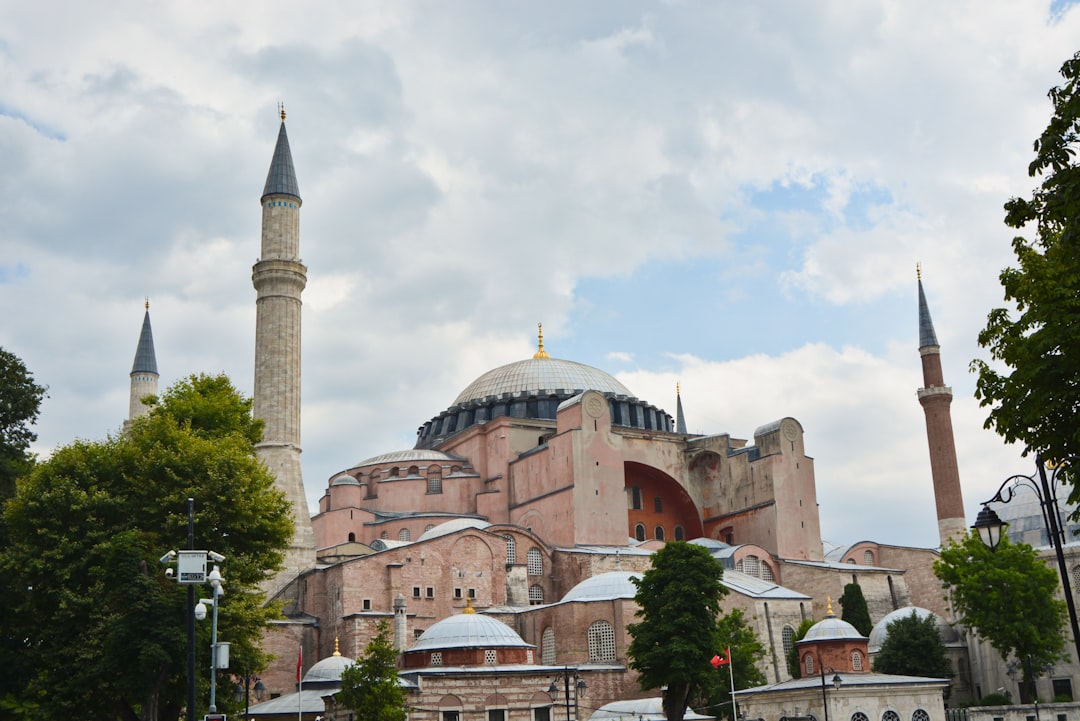Contents
Introduction
Wallachian Revolution of 1848
Herzegovina Uprising (1852-1862) and War With Montenegro (1852-1853, 1858-1859, 1862)
Cretan Uprising (1866)
The Herzegovinian Uprising (1875)
Bulgarian Uprising and Batak Massacre (1876)
Wars Outside Ottoman Borders
Concluding Remarks
Other News
Bitesize Edition
Last week, we discussed the first half of the period of rising Balkan nationalism in the 19th century. The Serbians partook in two uprisings, the Wallachians uprose in 1821, and the Greeks fought a war of independence. The Albanians and Bosnians also had their own conflicts over the rise of nationalism and their wishes for greater autonomy away from the rule of the Ottoman Empire.
In covering the second half of the 19th century, the Wallachians revolted again in 1848, and the Herzegovinians took centre stage this week with multiple uprisings.
The event of the Batak Massacre was a heinous act by the declining Ottomans, who were desperate to cling to what little power they had left. This was the event, in my eyes, that led to many of the world’s powers at this time realising that the Ottoman Empire needed reform. We’ll discuss this up to this point in this week’s post. Find out more below!
Introduction
This concludes the rise of Balkan nationalism, since after these uprisings discussed today, we saw the Balkan Wars unfold. These acted as a precursor to World War One, so seeing how tensions rose within the Ottoman-controlled Balkans provides the background that was painted in the decades before the Great War.
Wallachian Revolution of 1848
After the Wallachian Uprising of 1821 and gaining semi-independence after the Greek War of Independence, the Wallachians weren’t finished yet. This revolt was closely connected to the unsuccessful Moldavian Revolt also of 1848. Interestingly, this was a revolt led by the youth against the current administration imposed by the Russians. In a rare occurrence, both the Ottomans and Russians intervened to limit the revolution. This revolution is marked by some as the start of the ideal of Romanian national unity. This eventually came after a conflict we’ll also discuss later in today’s piece.
Keep reading with a 7-day free trial
Subscribe to Geopolitics Explained to keep reading this post and get 7 days of free access to the full post archives.



